The Ultimate Guide to Conveyor Belt Sushi: Kaitenzushi and Sushi Trains in Japan
Are you a sushi lover looking to explore the unique and exciting world of Japanese cuisine? Look no further because conveyor belt sushi, also known as kaitenzushi, is a must-try experience on your next trip to Japan! In this ultimate guide, we'll take you through the history of kaitenzushi, the mechanics of sushi trains, and the best places to indulge in this delectable dining adventure.
The History of Kaitenzushi
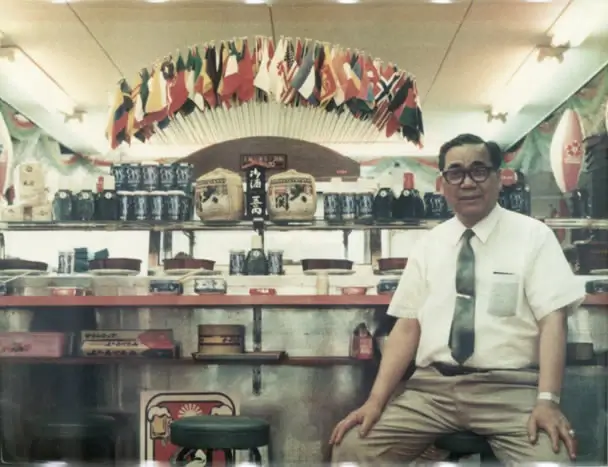
The history of kaitenzushi, or conveyor belt sushi, dates back to the late 1950s in Japan. The concept was first introduced by Yoshiaki Shiraishi, a sushi restaurant owner in Osaka, who was looking for a more efficient and cost-effective way to serve cooked foods and different sushi to his customers. Shiraishi was inspired by the assembly line systems used in beer factories, and he believed that a similar system could be applied to sushi preparation and service.
The first kaitenzushi restaurant, Mawaru Genroku Sushi, opened its doors in 1958 in Osaka. The innovative concept featured a rotating conveyor belt carrying small sushi plates through the dining area, allowing customers to easily select their desired dishes as they passed by. This new dining experience not only made sushi more accessible to a broader audience, but it also reduced the need for waitstaff and provided a more efficient way for chefs to prepare sushi.
As Japan's economy boomed during the post-war era, kaitenzushi rapidly gained popularity and spread throughout the country. The innovative dining concept was well-received by Japanese consumers, who appreciated its affordability, speed, and entertainment value. Kaitenzushi restaurants soon became a common sight in Japanese cities and towns, and the conveyor belt sushi concept eventually made its way to other countries, including the United States and the United Kingdom.
Over the years, kaitenzushi has evolved and adapted to meet the changing needs and preferences of diners. Today, a wide variety of kaitenzushi restaurants range from budget-friendly options to high-end establishments. Some restaurants have even incorporated technology, such as touch screens and high-speed sushi trains, to further enhance the customer experience.
Despite these innovations, the core principles of kaitenzushi have remained the same: providing a unique, efficient, and enjoyable sushi dining experience that appeals to a wide range of customers. The enduring popularity of conveyor belt sushi is a testament to its timeless appeal and its place in the history of Japanese cuisine.
How Conveyor Belt Sushi Works
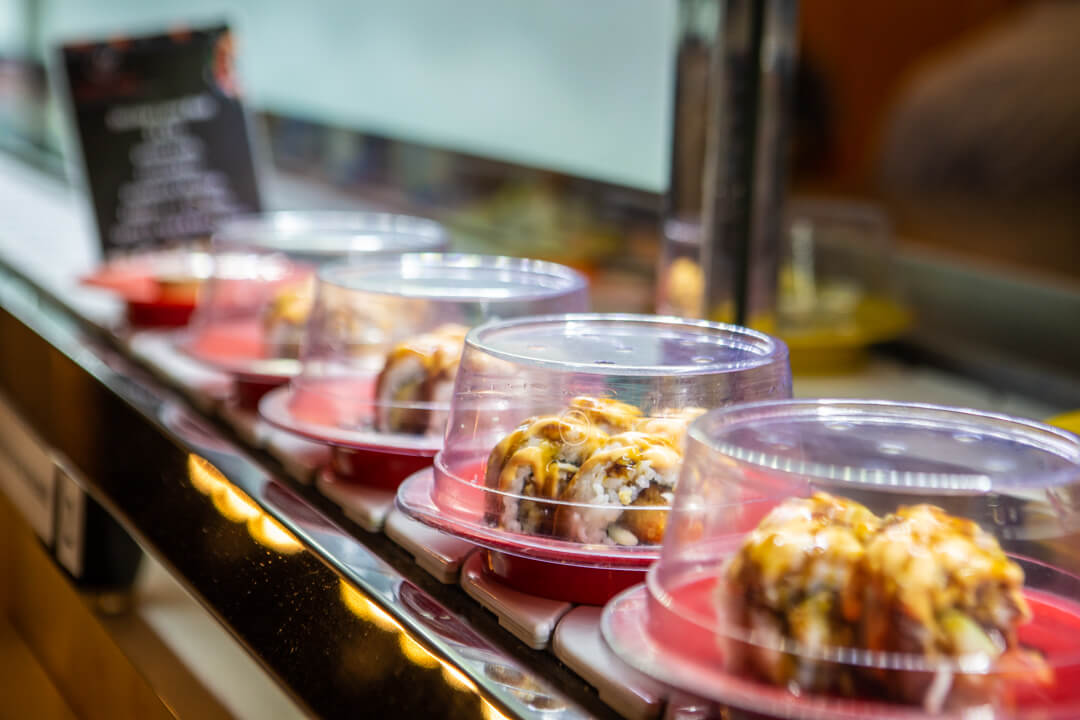
Conveyor belt sushi, also known as kaitenzushi, is a unique dining concept that originated in Japan. It combines the traditional art of sushi making with the efficiency of an assembly line system. Here's a step-by-step explanation of how conveyor belt sushi works:
-
Sushi preparation: In a kaitenzushi restaurant, a skilled sushi chef prepare a variety of sushi dishes in the kitchen or at a central workstation. They use fresh ingredients, such as fish, seafood,steamed egg custard, fried foods, vegetables, and perfectly seasoned sushi rice, to create an array of delicious options.
-
Plate color-coding: Each type of sushi is placed on a small color-coded plate according to its price. The color-coding system helps customers keep track of their spending and makes it easy for the staff to calculate the final bill.
-
Conveyor belt system: The prepared sushi plates are placed on a conveyor belt that moves continuously throughout the restaurant. The belt typically runs along a counter or through the center of the dining area, allowing customers to easily access the dishes as they pass by.
-
Sushi selection: Diners seated around the conveyor belt can simply pick up the plates of sushi they want to eat. They can also place special orders with the staff or, in some modern kaitenzushi restaurants, use a touch screen to order specific dishes that will be delivered via a secondary conveyor belt or high-speed sushi train.
-
Eating and enjoying: As customers enjoy their sushi, they can continue to select plates from the conveyor belt, creating a personalized dining experience that allows them to sample various dishes at their own pace.
-
Plate tallying and payment: When diners have finished their meal, the empty plates are stacked, and the colors are counted to determine the total cost. The staff then presents the bill, and customers can pay at the counter or directly at their table, depending on the restaurant's payment system.
Conveyor belt sushi offers a unique, interactive, and efficient dining experience that appeals to a wide range of customers. The combination of fresh sushi, a constantly moving selection, and the ability to control the pacing and variety of the meal makes kaitenzushi an enjoyable and popular choice for sushi lovers around the world.
Types of Conveyor Belt Sushi Restaurants
There are various types of kaitenzushi establishments in Japan, ranging from budget-friendly options to high-end dining experiences. Some popular chains include:
-
Kura Sushi
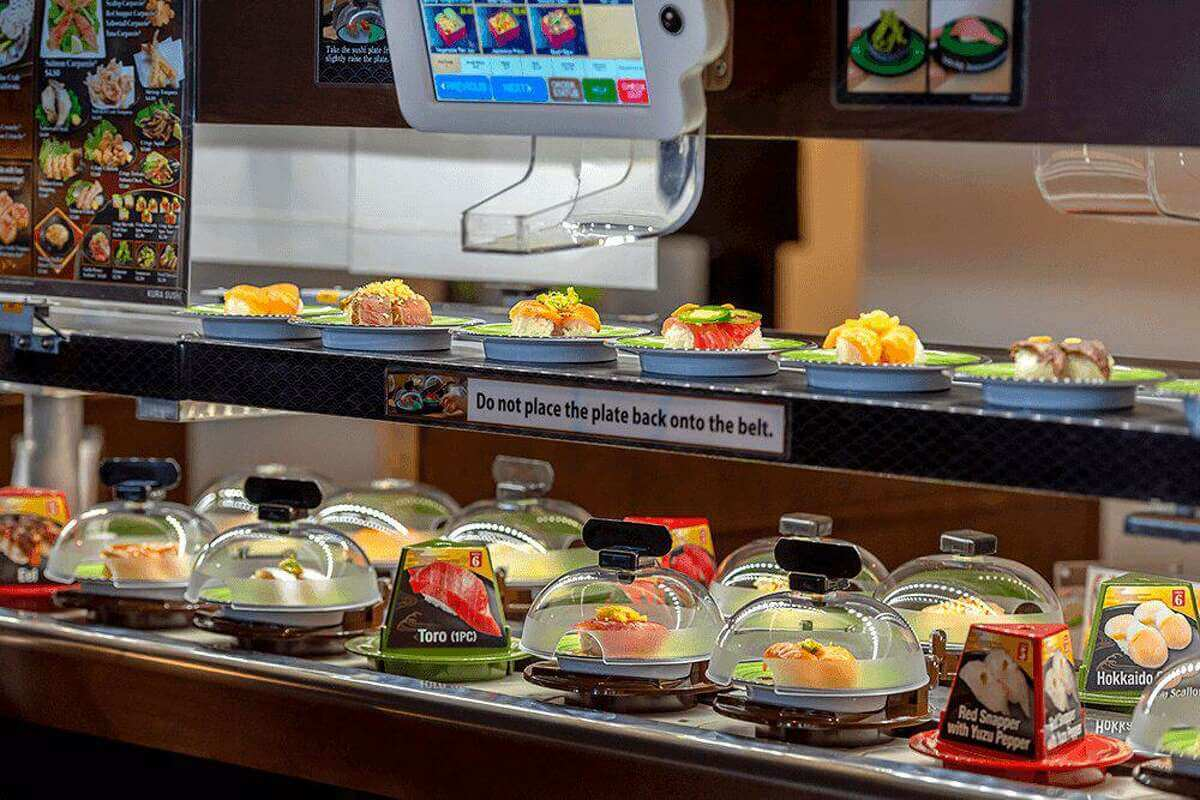
Known for its affordable prices, Kura Sushi offers a wide variety of sushi, as well as other dishes such as ramen and tempura. With its unique ordering system, diners can order via a touch screen and receive their selections on a high-speed sushi train.
-
Sushiro
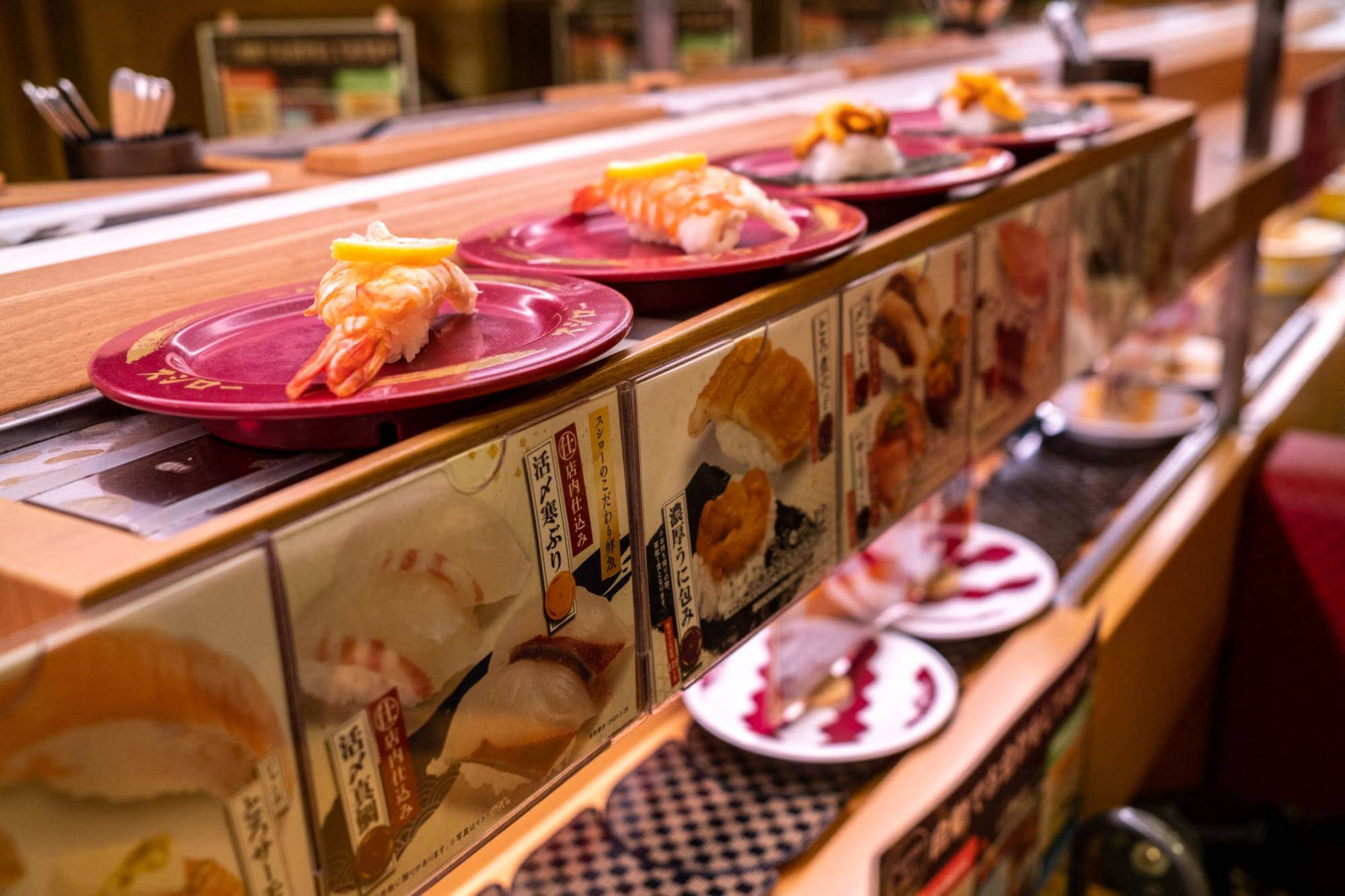
As one of the largest kaitenzushi chains in Japan, Sushiro offers a diverse menu, and a comfortable dining atmosphere. In addition to sushi, Sushiro features seasonal ingredients, desserts, soups, and even limited-time popular dishes.
-
Hama Sushi
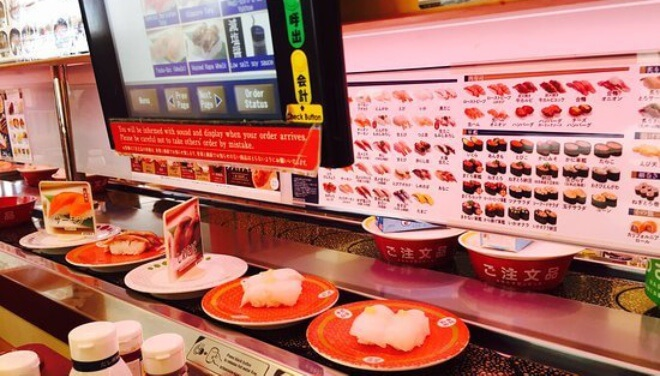
This upscale kaitenzushi chain offers a more refined dining experience, with high-quality sushi, salmon, shrimp, seaweed, and an extensive selection of drinks, including sake and shochu.
Conveyor Belt Sushi Etiquette
While kaitenzushi is a fun and casual dining experience, there are still a few etiquette rules to keep in mind:
-
Only take plates you intend to eat: Avoid touching multiple plates or putting them back on the conveyor belt.
-
Use the provided wet towel: Before eating, use the oshibori (wet towel) to clean your hands.
-
Use soy sauce sparingly: Avoid soaking your sushi in soy sauce, as it can overpower the delicate flavors.
-
Pay attention to the color-coding: Remember that each plate color corresponds to a specific price.
Kaitenzushi and the Video Game Culture
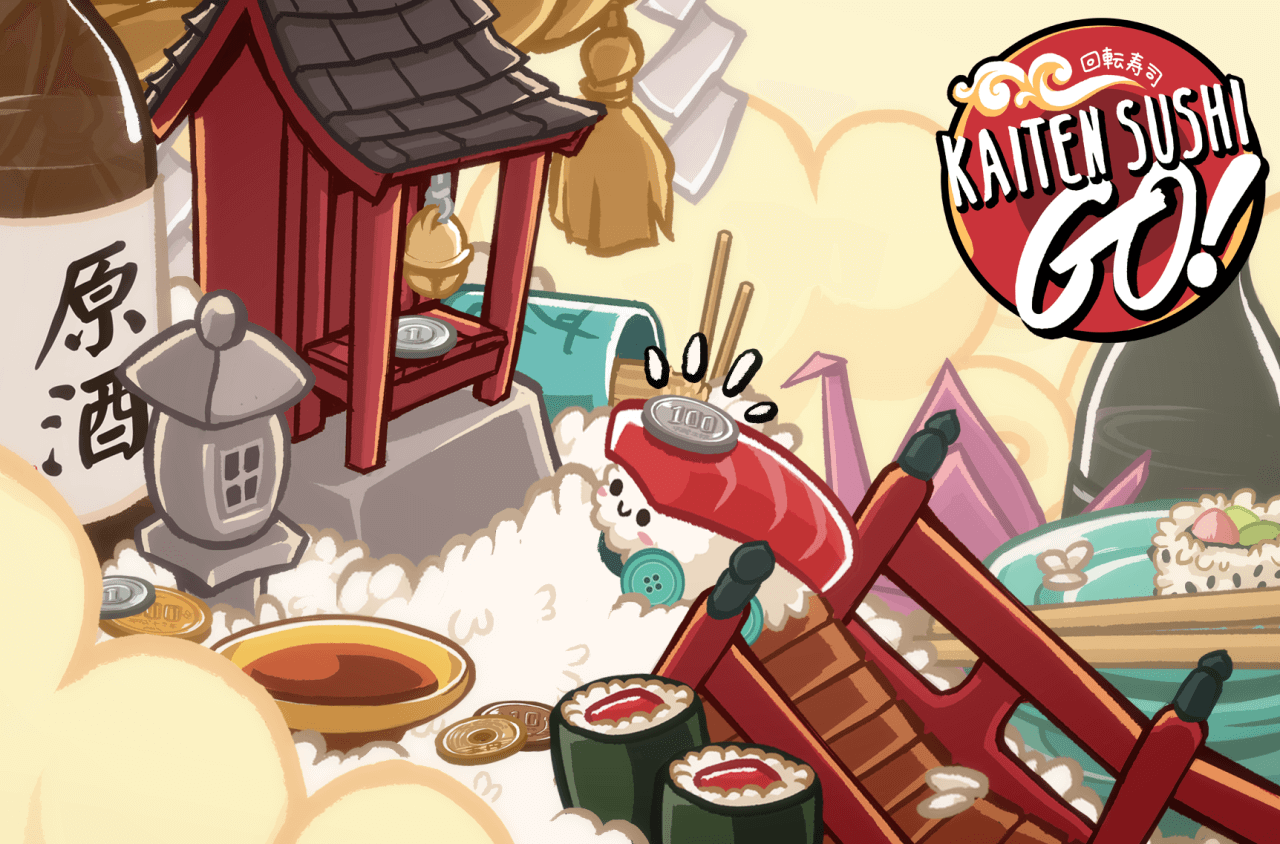
Kaitenzushi, or conveyor belt sushi, has made a significant impact not only in the realm of Japanese cuisine but also in the country's vibrant video game culture. The fun, interactive, and visually appealing nature of kaitenzushi has made it a popular theme and inspiration for various video games, anime, and manga. Here are some ways kaitenzushi has influenced and been represented in video game culture:
-
Sushi-themed video games: The colorful and dynamic environment of kaitenzushi restaurants has inspired the creation of sushi-themed video games. Titles like "Sushi Striker: The Way of Sushido" for Nintendo Switch, "Sushi Go Round" for Nintendo DS, and "SushiParty" on Steam are just a few examples of games that incorporate the kaitenzushi concept. Players often have to create sushi combinations, manage conveyor belts, or serve customers to progress through the game.
-
Mini-games and side quests: Kaitenzushi occasionally appears as a mini-game or side quest in larger video game titles. For example, in the popular game "Yakuza 0," a side quest involves managing a sushi restaurant, complete with a convenient and affordable type conveyor belt system. Players must successfully serve customers and keep the conveyor belt stocked to earn in-game rewards.
-
Anime and manga representation: Kaitenzushi has also found its way into the world of anime and manga, with characters often visiting or working at conveyor belt sushi restaurants. This provides a relatable and engaging setting for storytelling, as well as a visually interesting backdrop for animated scenes. The popularity of kaitenzushi in Japanese culture makes it a familiar and appealing element for anime and manga creators to incorporate into their work.
-
Virtual Reality (VR) experiences: The immersive nature of VR technology has made it possible to create kaitenzushi experiences within virtual environments. Players can don a VR headset and interact with a virtual conveyor belt sushi restaurant, selecting small dishes and enjoying the simulated dining experience.
The integration of kaitenzushi into video game culture is a testament to its widespread appeal and iconic status in Japanese culture. By combining the unique dining experience of conveyor belt sushi with the interactive and imaginative world of video games, anime, and manga, kaitenzushi continues to captivate audiences and create memorable experiences in various forms of entertainment.
Where to Find the Best Kaitenzushi in Japan
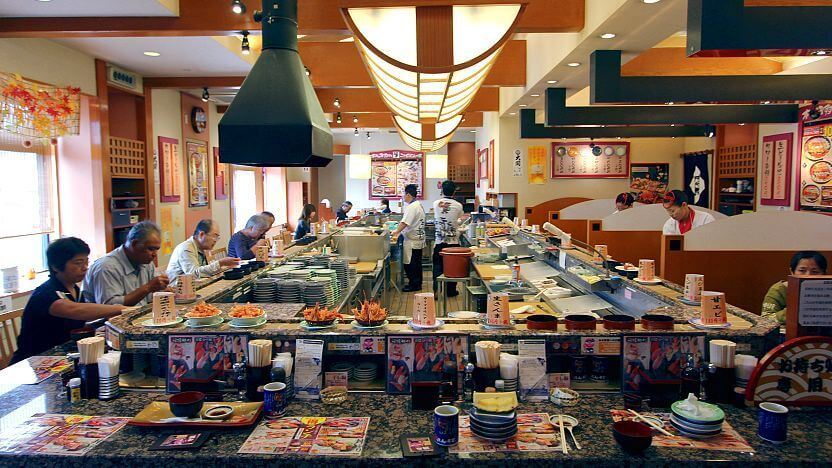
If you're planning a trip to Japan, don't miss out on the opportunity to try kaitenzushi at these must-visit locations:
-
Tokyo
Shinjuku is home to several kaitenzushi restaurants, including popular chains like Kura Sushi and Sushiro. For a more upscale experience, head to Hama Sushi in the trendy Ginza district.
-
Osaka
As Japan's food capital, Osaka offers a variety of kaitenzushi options. Visit the Umeda district for a diverse selection of sushi restaurants, or check out the famous Dotonbori area for a bustling dining experience.
-
Kyoto
In the heart of Kyoto, you'll find several kaitenzushi establishments, such as Musashi Sushi, near Kyoto Station. This popular restaurant is known for its traditional Edo-style sushi and comfortable atmosphere.
-
Hiroshima
For a unique kaitenzushi experience, visit the Hiroshima-style sushi restaurant Kanawa. Their signature dish is the "anago-meshi," a delicious combination of sushi rice topped with eel.
-
Hokkaido
Sapporo is home to numerous kaitenzushi restaurants, such as Nemuro Hanamaru, known for its fresh seafood sourced directly from Hokkaido's local markets.
Kaitenzushi, or conveyor belt sushi, is a must-try experience for anyone visiting Japan. With its rich history, fun atmosphere, and diverse range of dining options, it's no wonder kaitenzushi has become an essential part of Japanese cuisine and pop culture. So, whether you're a sushi aficionado or a curious foodie, be sure to add kaitenzushi to your Japan travel itinerary and discover the exciting world of sushi trains for yourself!
Experience the Kaitenzushi Culture with Sugoi Mart!
Ready to embark on your Japanese culinary adventure? At Sugoi Mart, we offer a wide selection of Japanese snacks, candies, and collectibles that bring the vibrant culture of Japan right to your doorstep. Check out our online store and explore our curated selection of Japanese goodies today!
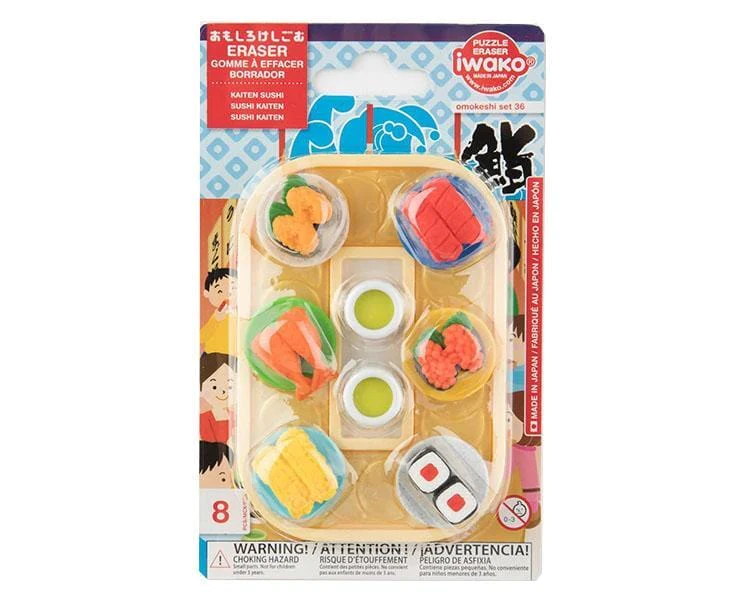



















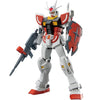




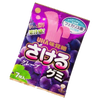
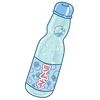

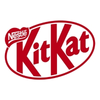




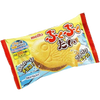






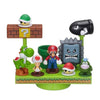
















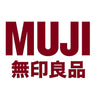

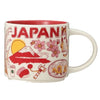


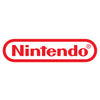







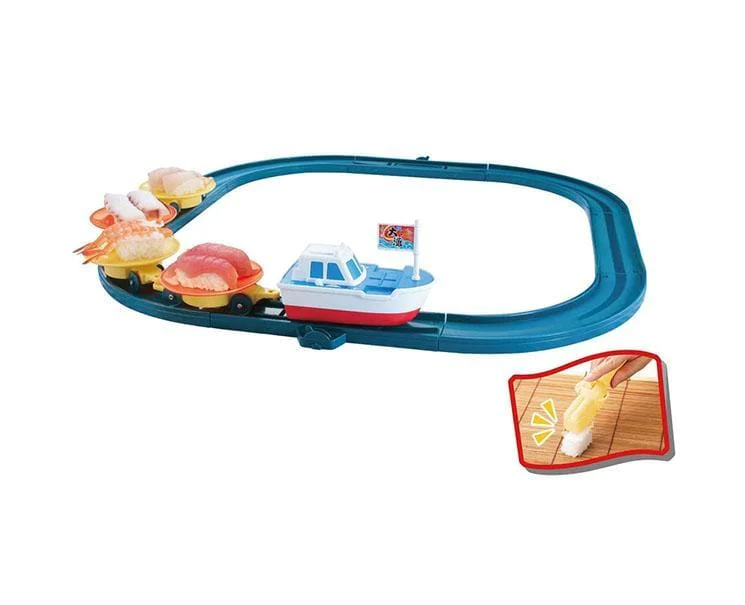



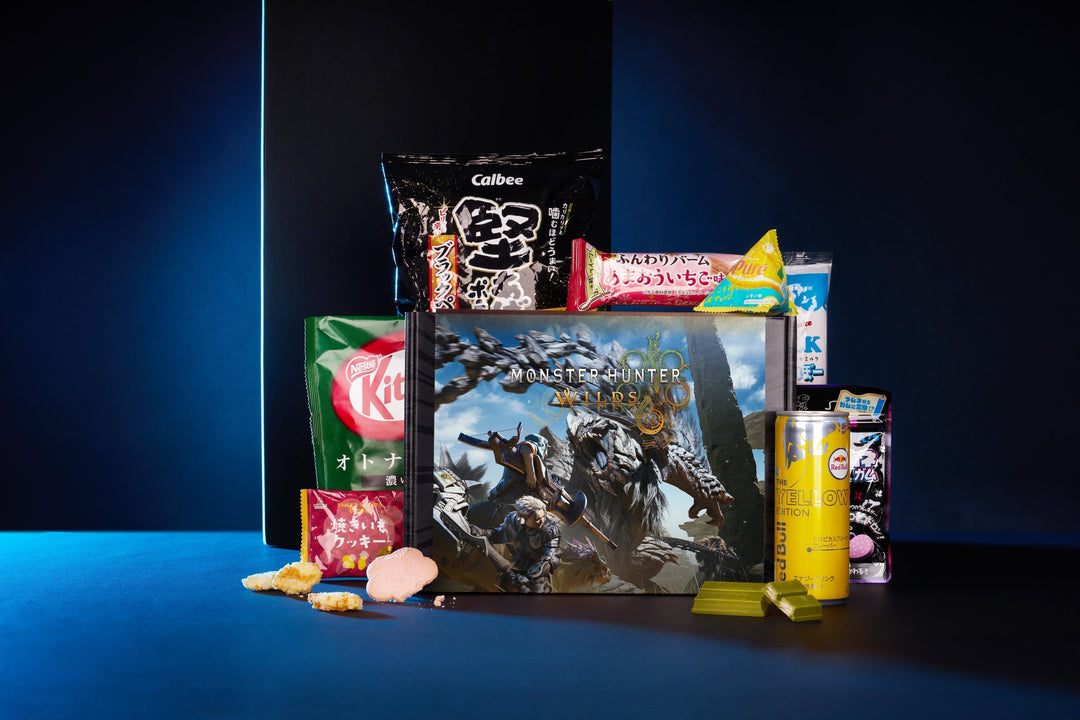
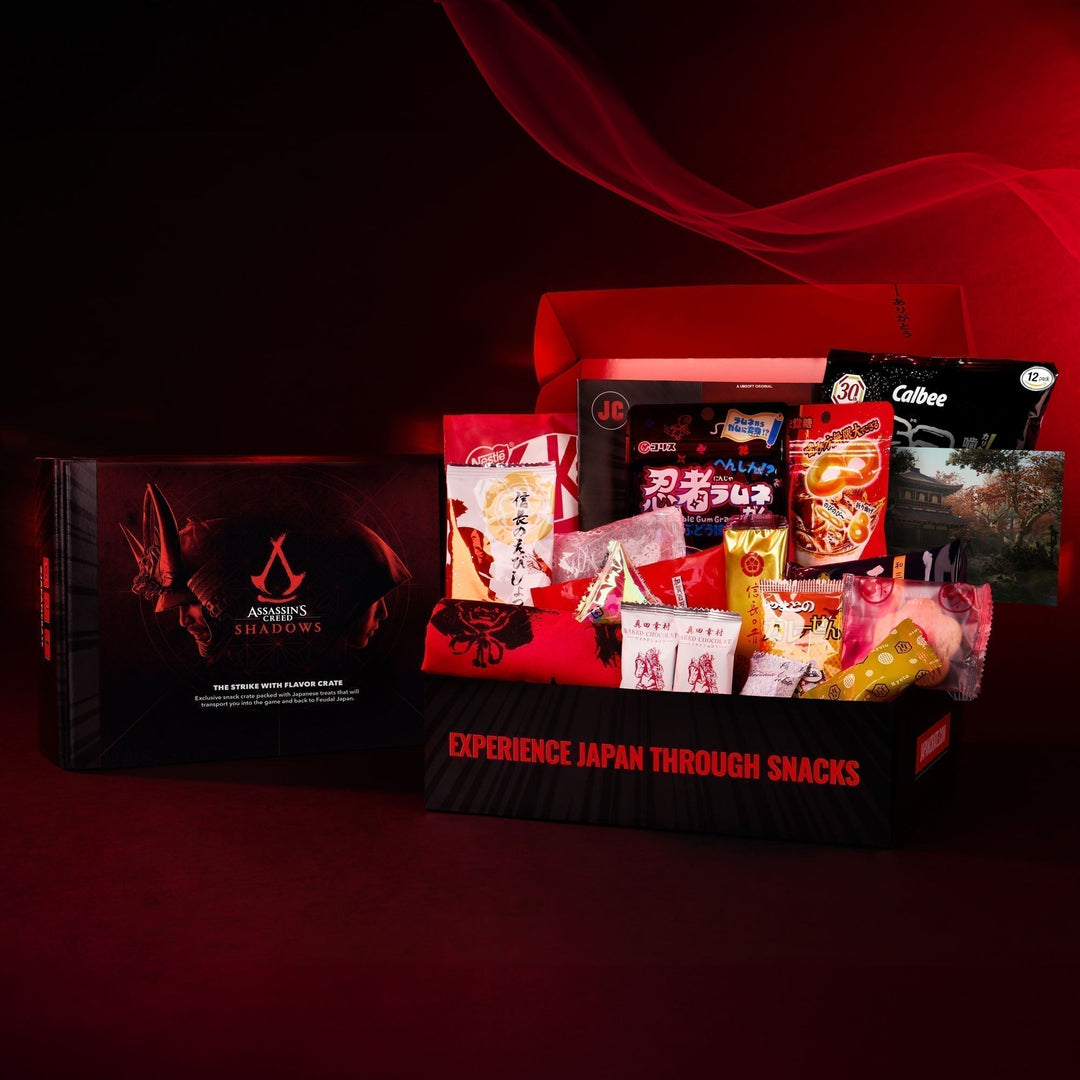
Leave a comment